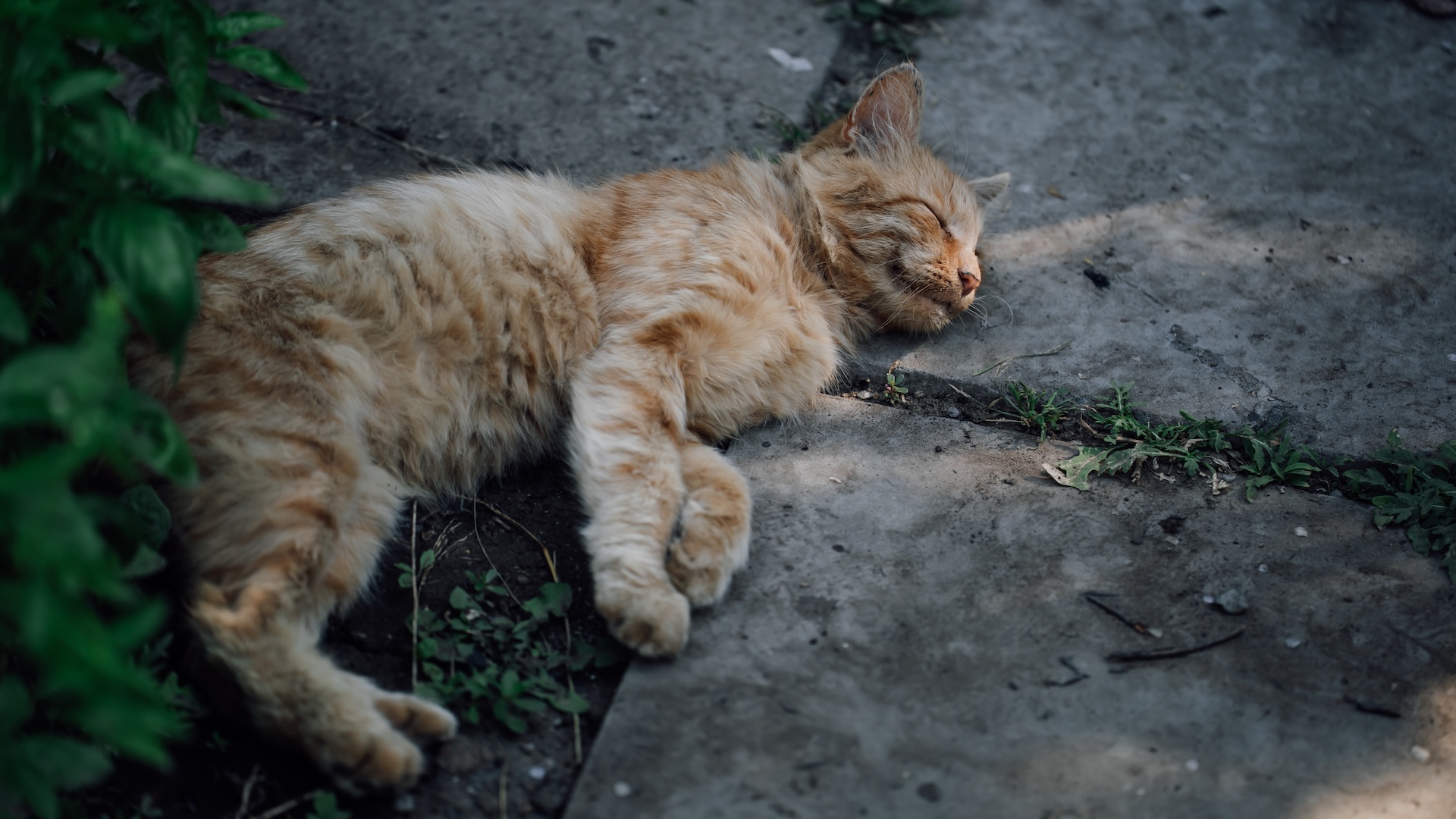A sunburn might not be the only thing you need to worry about this summer.
“There’s no such thing as a safe tan,” Krista Rubin, nurse practitioner at Mass General Brigham’s Center for Melanoma, told The Post. “It’s an injury to the skin.”
But what about the popular belief that a “base tan” can protect your skin from sun damage? The answer is more complicated than you might think.
Across the country, about 1 in 3 US adults intentionally tan outdoors — with women and younger adults leading the pack, according to the National Institutes of Health (NIH).
And while indoor tanning beds have declined since their ‘90s heyday, research shows that roughly 7.8 million Americans still regularly use them.
Rubin said she often hears from patients who believe a “base tan” will help prevent sunburn. While there’s some truth to that, the protection it offers is minimal at best.
When your skin is exposed to ultraviolet radiation from the sun or tanning beds, it causes genetic damage to the DNA in your skin cells.
In response, your skin produces more melanin — the pigment that darkens your skin and acts as a natural defense mechanism by absorbing and scattering UV rays to reduce further damage.
“It’s like the body’s way of putting up a fence to protect its DNA,” Rubin explained.
But experts estimate that natural “fence” only provides about SPF 2 to 4 protection. “That isn’t enough to rely on alone,” Rubin warned.
Crucially, tanning itself means DNA damage has already occurred — and your risk of skin cancer has gone up.
“People with darker skin tones may be less likely to get skin cancer, but anybody with skin can have damage at the cellular or DNA level,” Rubin said.
Some people maintain a year-round tan, whether from spending long hours outdoors or artificial methods like tanning beds. This, Rubin said, is a sign of chronic sun damage.
“They’re more likely to have wrinkles, premature aging, and especially as they get older, a higher risk of skin cancer,” she said.
That should serve as a wake up call for Gen Zers, who are bringing the bronzed look back into fashion with Y2K aesthetics and viral tanning trends dominating social media.
On TikTok alone, the hashtag #tanlines has racked up over 236 million posts — many featuring influencers hawking tanning hacks, from slathering on accelerators for a faster glow to timing their sunbathing with the UV index.
But all that fun in the sun comes with a price.
Skin cancer rates are rising among teens and young adults — and melanoma, the deadliest type, is now the third most common cancer in Americans ages 15 to 39, according to the NIH.
Despite this, 20% of Gen Zers say that being tan is more important to them than protecting themselves from skin cancer, and 30% admit they’d rather look “great” today with a tan “even if it means looking worse later in life,” according to survey data from the American Academy of Dermatology.
“There are a lot of influencers out there giving false information, and unfortunately, a lot of young people are getting burned,” Rubin said. “It’s dangerous; if you have skin, you should want to protect it because it’s with you for the rest of your life.”
If you’re planning to spend time outdoors, she recommends using a broad-spectrum sunscreen with an SPF of 30 or higher — and reapplying every two hours, or more often if you’re sweating or swimming.
Rubin also advises seeking shade and wearing sun-protective clothing whenever possible, especially between 10 am and 2 pm, when the sun’s rays are strongest.
“Babies under six months really shouldn’t be in direct sun at all,” Rubin warned.
“Their immune systems are too immature to properly filter ultraviolet radiation, so inflammation from sun damage can start early — and their bodies may not be able to repair it.”














